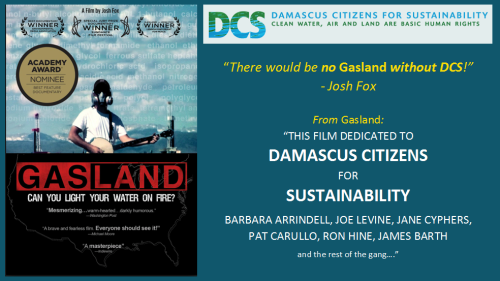TEDX Upcoming Events
August 30, 2013Ohio Shale Gas Still Not Creating Promised Jobs
September 3, 2013- Assessment of the Greenhouse Gas Footprint of Natural Gas from Shale Formations Obtained by High-Volume, Slick-Water Hydraulic Fracturing (April, 2011)
- Methane Emission from Natural Gas Systems (February, 2012)
Briefly, I would note that our peer-reviewed paper — published in April 2011 — was the very first effort by anyone to evaluate the greenhouse gas footprint of shale gas in a comprehensive way. Before that, no one had discussed the role of methane emissions. We used the very best available data, and demonstrated based on those data that the greenhouse gas footprint of shale gas is worse than that of coal when viewed at the time scale of 20 years after emission and comparable to that of coal when viewed over the 100 year time scale.
We fully acknowledged in the paper as well as in any talk we have ever given that the quality of the available data was poor. Why? Well because it almost all originates with industry sources, and industry has been very secretive and selective.
They have been poor at documenting the data, and often deliberately misleading. So one of our major conclusions was that there was an urgent need for direct measurement of methane emissions by independent scientists. The scientific community has taken up that challenge, and there are now literally dozens of such studies underway (with perhaps 4 published to date). For all of these that have been published or presented at national scientific meetings, the methane emissions are at the high end of what we estimated in our April 2011 paper, or substantially higher.
Also since the time our paper was published, other studies have come out demonstrating the urgent need to consider methane emissions at the shorter time scales (20 years). Both a report from the United Nations (published late summer 2011) and a paper by Dr. Drew Shindell and colleagues in Science (January 2012) show that controlling CO2 alone is not sufficient to avoid warming the planet to dangerous temperatures in the coming years (to 1.5 deg. C above the 20th Century baseline within the next 15 to 20 years, and to 2 deg. C within the next 35 to 40 years). At these temperatures, we run a high risk of destabilizing the planet’s climate system, leading to runaway global warming.
The only way to avoid that, according to these studies, is to reduce methane emissions, beginning immediately. And note that the natural gas industry is the #1 source of methane emissions in the US and one of the top two globally. (By the way Shindell, who works for the NASA Goddard Space Institute, is one of the lead authors of the next IPCC assessment on global change; he also co-authored with me and others the 2012 background paper on methane and the natural gas industry for the US National Climate Assessment.
We were deliberately conservative in our presentation in the April 2011 paper. Nonetheless, I was alarmed by the implications of what we had uncovered. Since then, with these new studies coming on line, it has become increasingly clear just how conservative we were (despite the bogus claims from industry PR types, and some of the scientists industry has funded to try to discredit our work). And I believe that at this point, any objective person who is willing to take a look at the evidence should be truly alarmed by the increasing methane in the atmosphere, and how natural gas is contributing to that. The world cannot afford to continue to use fossil fuels — coal, oil, or natural gas — and natural gas is certainly no better than and probably more damaging to the climate than are other fossil fuels.
Alternative paths forward are available, as clearly demonstrated in the Jacobson et al. paper I co-authored which was published this past spring: using New York State as an example, we laid out a path whereby energy from the sun, wind, and water can provide all of our power, and do so using currently available technology in a cost-effective way that will save lives, save money, and make us more energy secure…. as well as address the climate disruption problem. Society can no longer wait to begin to make this transition.
More information on the Climate Impacts of Shale Gas Development



